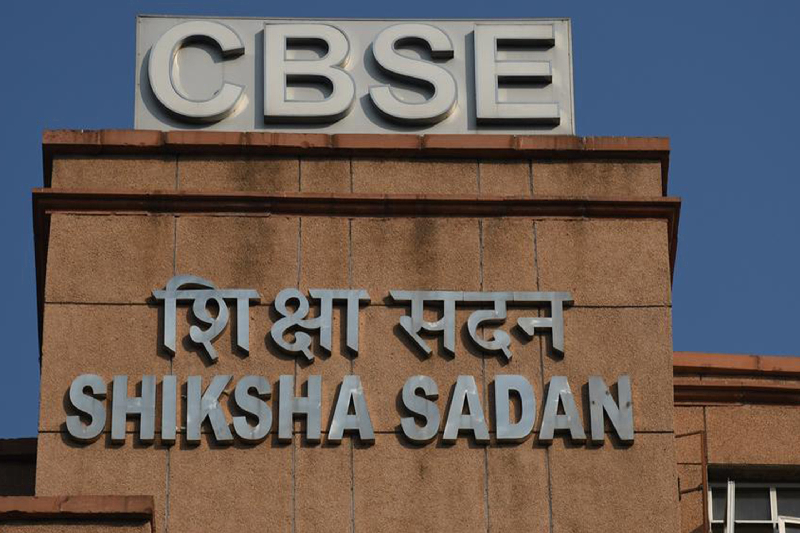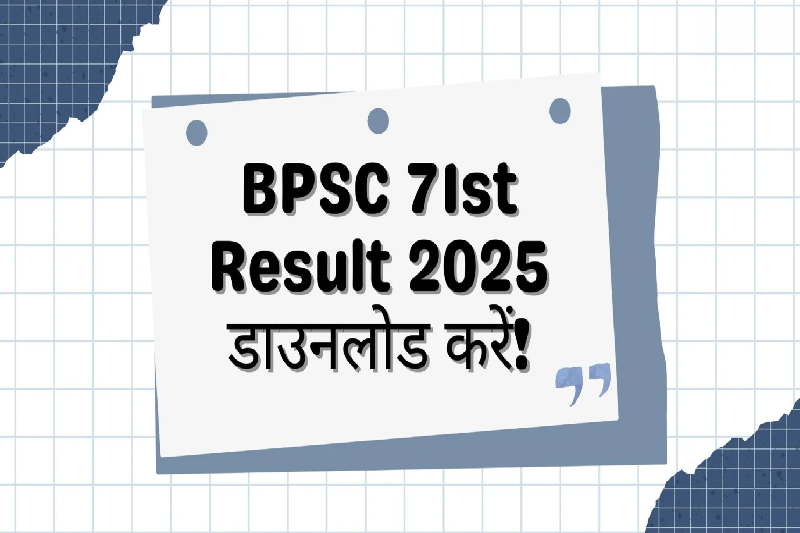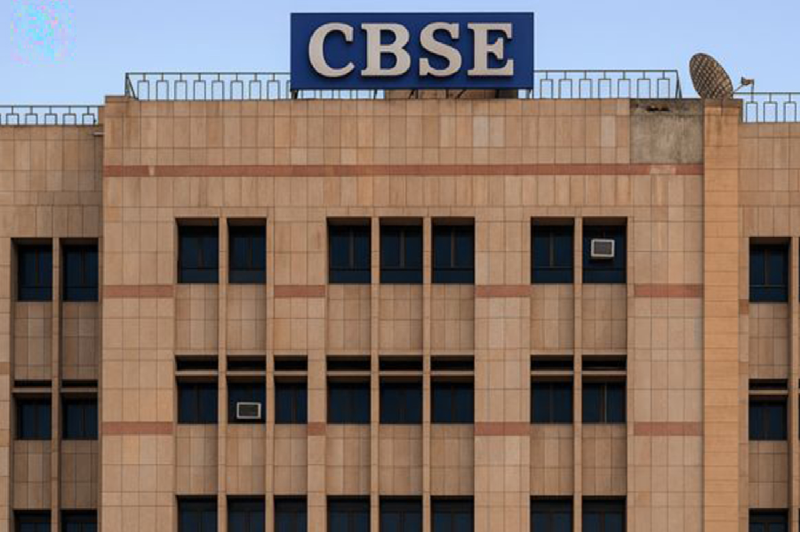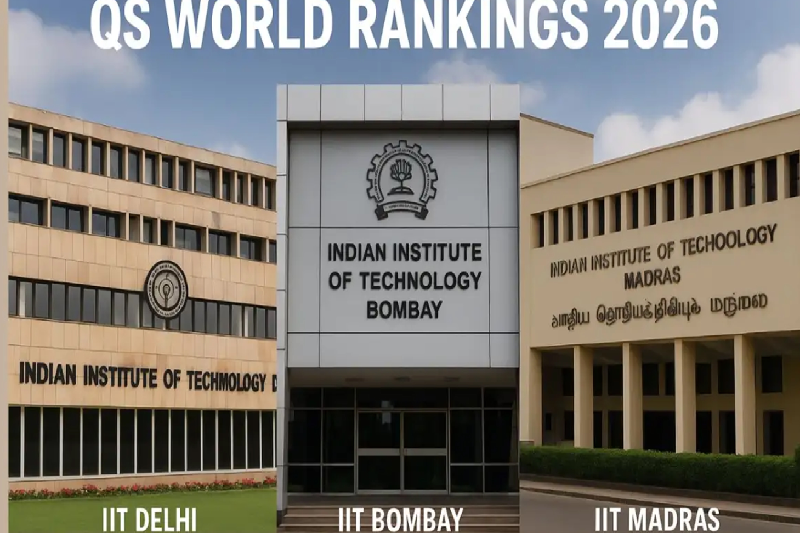
Himachal Pradesh to Introduce CBSE Curriculum in 100 Government Schools from Next Academic Session
Expanding Access to Quality Education
The Himachal Pradesh government has announced a major educational reform, introducing the Central Board of Secondary Education (CBSE) curriculum in 100 senior secondary government schools across the state starting from the next academic session. Aimed at enhancing academic standards and providing students with nationally benchmarked education, this initiative ensures that at least one CBSE-affiliated school will be available in every Assembly constituency. The move seeks to make high-quality education accessible and affordable to students across urban and rural regions alike.
Officials emphasized that the CBSE curriculum is widely recognized at the national level, especially for students preparing for competitive exams such as JEE, NEET, and other professional courses, and aligns with the broader goal of enhancing educational competitiveness for Himachali students.
Promoting Healthy Competition and Academic Excellence
A government spokesperson highlighted that this initiative will encourage healthy competition between schools affiliated with the Himachal Pradesh Board of School Education (HPBOSE) and the newly CBSE-affiliated institutions. By fostering an environment where both students and teachers strive for excellence, the state aims to improve overall academic performance.
This reform is not just about academics. CBSE schools will emphasize holistic development, integrating co-curricular activities, sports, arts, and skill-based learning to equip students with the competencies required in the 21st century. Officials noted that such a balanced approach will prepare students for examinations, higher education, and professional careers, thus opening broader opportunities for future success.
Creating a Dedicated CBSE Sub-Cadre
To implement this ambitious reform, the state government plans to establish a separate CBSE sub-cadre for these schools. Serving teachers can join this sub-cadre, which will provide them with a structured career pathway and opportunities for professional growth.
The selection process for principals, teachers, and non-teaching staff will be conducted on a merit-based system, considering academic excellence, involvement in co-curricular activities, and other relevant factors. Furthermore, a performance-based incentive scheme, comprising monetary and non-monetary rewards, will motivate staff to deliver quality education and contribute actively to the success of these institutions.
This focus on merit and performance ensures that students receive instruction from qualified, competent educators, aligning with the high standards of CBSE schools nationwide.
Day-Boarding Institutions for Holistic Student Development
The CBSE-affiliated government schools in Himachal Pradesh will function as day-boarding institutions, emphasizing the all-round development of students. Alongside academics, these schools will focus on critical areas such as:
- Nutrition and wellness programs to ensure physical well-being
- Sports and physical education to promote fitness and teamwork
- Arts and cultural activities to foster creativity
- Skill development initiatives to prepare students for modern career demands
- Remedial teaching for academically weaker students
- Counselling and career guidance for informed decision-making
- Mentoring and coaching programs to support holistic growth
Where necessary, the government will create additional posts to strengthen these programs, ensuring that no aspect of student development is overlooked. This approach reflects a modern, student-centric education model, where learning extends beyond textbooks to include personal, social, and professional skills.
Regional and National Implications
Introducing the CBSE curriculum across 100 government schools has implications far beyond individual institutions. For students in Himachal Pradesh, this reform enhances competitiveness at the national level, as CBSE students are better positioned for entrance exams, scholarships, and professional courses.
Moreover, by offering high-quality education in government schools, the state addresses educational equity, giving students from diverse socio-economic backgrounds the same opportunities as private or urban schools. This reform also signals Himachal Pradesh’s commitment to aligning state education policies with national benchmarks, creating a model for other states considering similar initiatives.
Benefits for Teachers and Staff
Creating a CBSE sub-cadre benefits educators by providing structured growth opportunities, performance incentives, and recognition for excellence. Teachers who opt into the sub-cadre will have access to professional development programs, skill enhancement workshops, and mentoring opportunities, fostering a culture of continuous improvement.
By aligning teacher performance with student outcomes, the government ensures that high-quality instruction remains the cornerstone of this reform. This also encourages educators to innovate, integrate technology in classrooms, and adopt modern pedagogical methods, benefiting students nationwide.
Strengthening Education Infrastructure
Beyond curriculum reform, the government’s initiative includes strengthening infrastructure and support systems in CBSE-affiliated schools. This encompasses improved classrooms, science and computer labs, sports facilities, libraries, and arts centers, providing students with an environment conducive to learning and personal growth.
Additionally, co-curricular and extracurricular activities will be integrated into the daily schedule, ensuring students develop academically, socially, emotionally, and creatively. The emphasis on skilling, mentoring, and counseling further prepares students for higher education and professional opportunities, creating well-rounded individuals capable of thriving in the modern world.
Conclusion
The Himachal Pradesh government’s decision to introduce the CBSE curriculum in 100 government schools is a landmark step toward improving educational standards, equity, and competitiveness. By creating a CBSE sub-cadre, incentivizing staff performance, and emphasizing holistic development, the state is setting a new benchmark for public education.
This reform will enhance the academic and professional prospects of Himachali students and serve as a model for other states aiming to provide quality, inclusive, and modern education. With access to a nationally recognized curriculum and comprehensive development programs, students in Himachal Pradesh are now better equipped to face the challenges of higher education and 21st-century careers.



